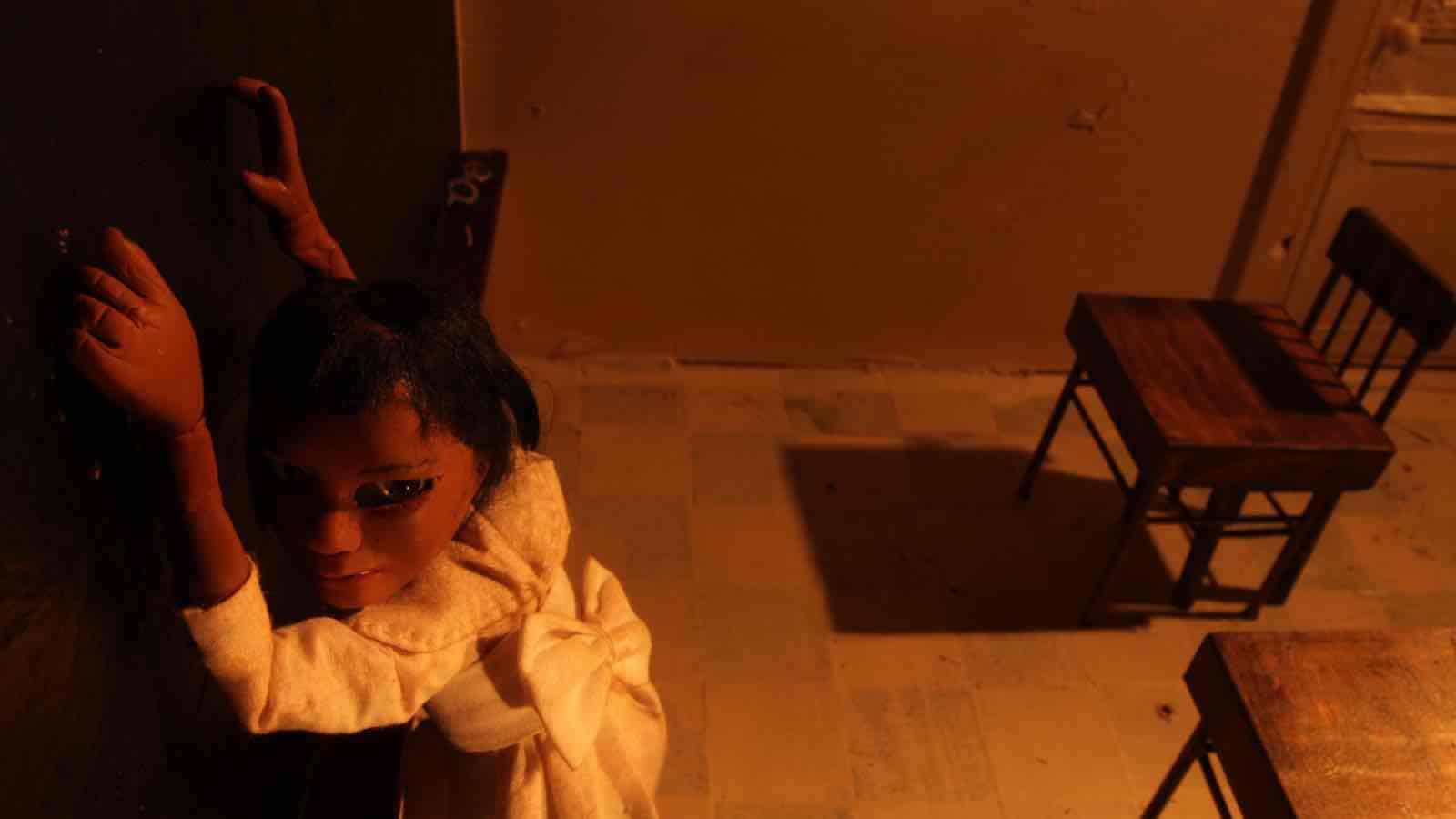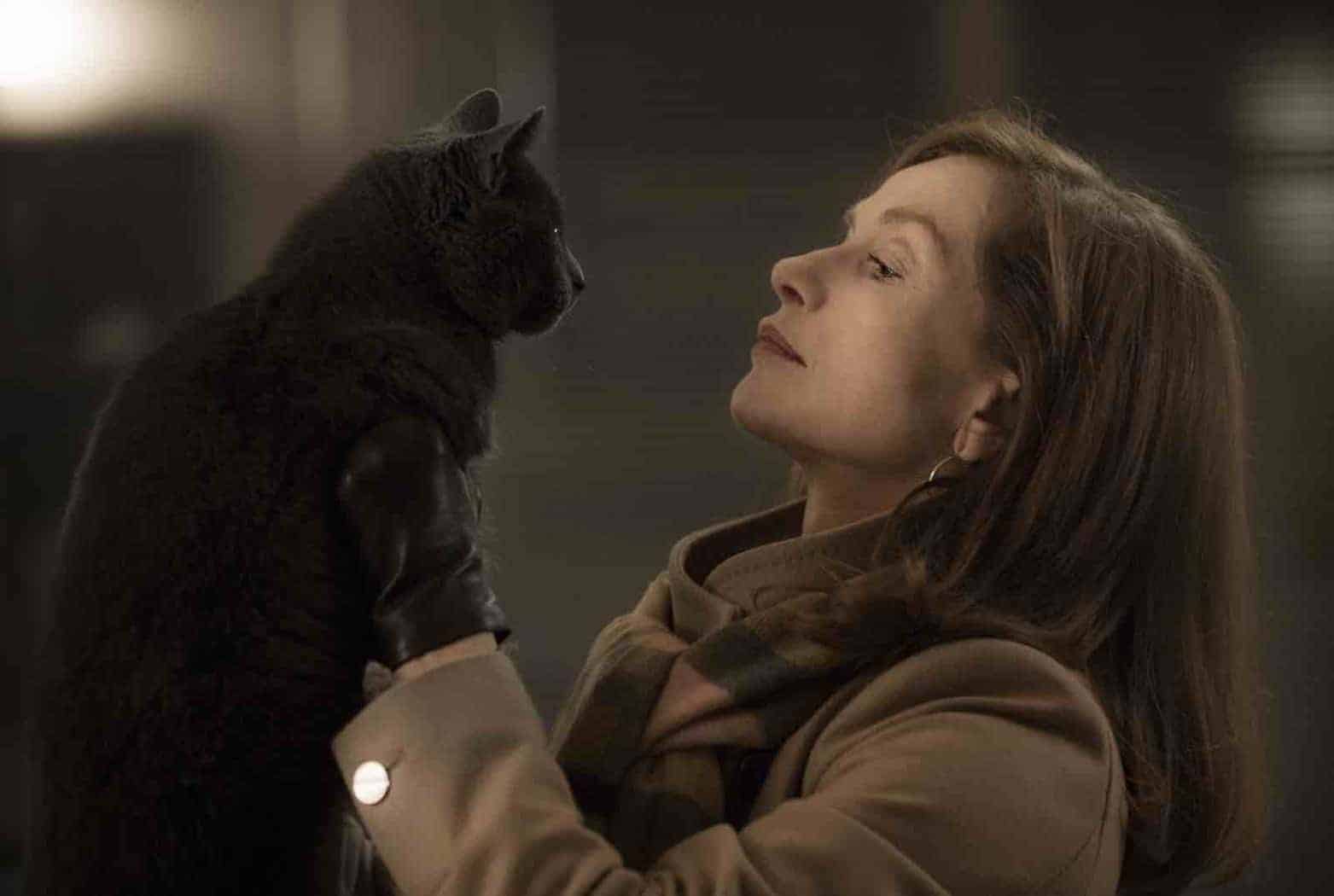Métis filmmaker Terril Calder’s SNIP, screening in the Short Cuts section at TIFF, is one of the very best Canadian films at the festival. It’s also one of the most important because of how it reckons with Canada’s past violence towards indigenous people through the residential school system.
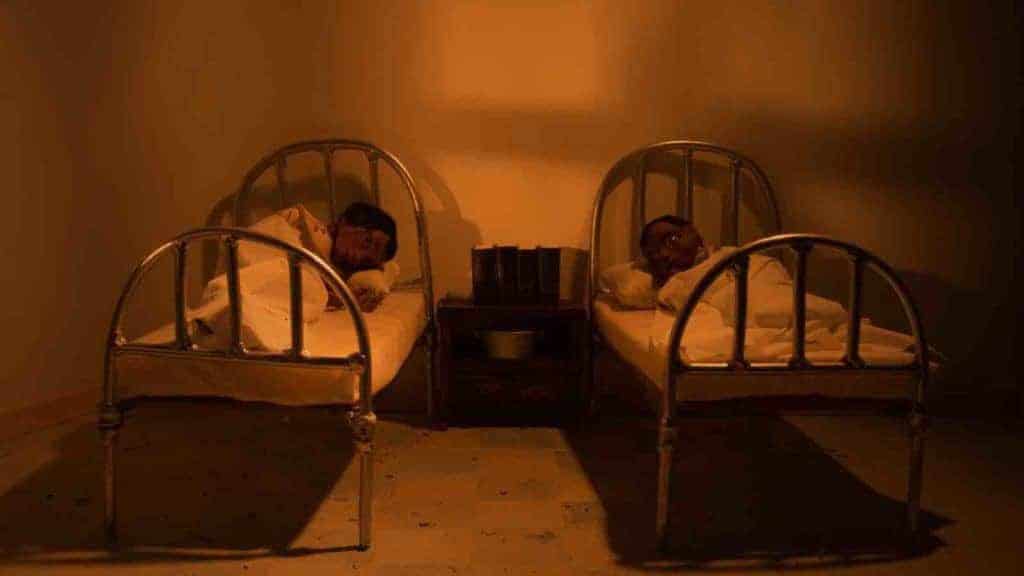
Using stop-motion animation, SNIP tells the story of a pair of modern-day indigenous twentysomethings who find themselves transported into a story from the past about residential schools, where two other young indigenous people are trapped and abused. In advance of its world premiere at TIFF, I talked to Terril Calder by email about how she put together this wonderful film.
Seventh Row (7R): What was the genesis of the idea for the film? What made you want to use stop motion animation for this particular story?
Terril Calder (TC): Working with one of our nation’s leading storytellers/writers [Joseph Boyden] whose life purpose is to question perspectives and truths. I was inspired by making a film that is as much about Joseph Boyden as it is about the story that he is telling.
I feel like this piece lends itself to the tactical. The “worlds” are forms of tactical history: anthropological studies from books; a cut up map from Turtle Island; two children locked in an archival photo. I wanted to visually and conceptually layer a new twist on the story that Joseph narrates so that we can actually examine Joseph the writer as a part of the piece. That his narrative voice aims to authenticate a new perspective in literature.
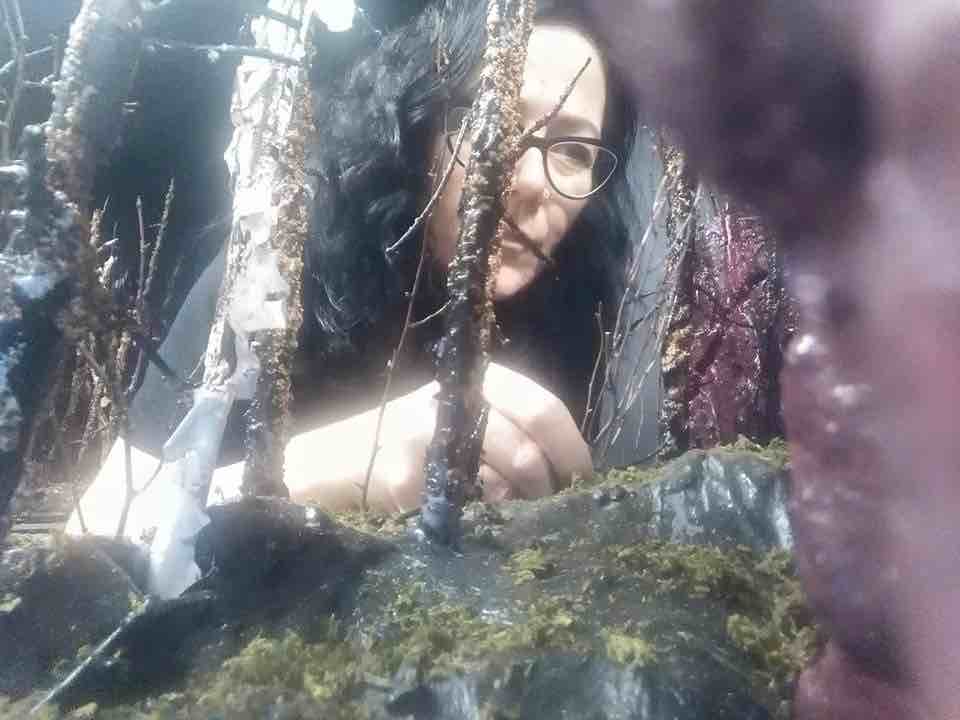
7R: How did you actually do the animation?
TC: Some directors will employ a large team to segment the work — or to animate the film for them entirely — but my background is in fine art, and I need to be completely intertwined in the process. It is what drives me from concept to completion. I build my own puppets and sets and animate my films myself. I use Dragonframe software and collect 24 frames a second in the studio.
I love animating even though it takes a lot of focus for a very long period of time. It tends to mess with one’s sense of time. It is a rather maddening process. I use Adobe After Effects to key out and composite the footage in post. Once I cut the film together, I run through the footage with my lovely audio guys at South River Sound who help me brainstorm the possibilities with the audio. I’m super bossy, but they are always very patient.
[clickToTweet tweet=”Searching for my own history in books and images, I came to realize that the gaze…was racist.” quote=”Searching for my own history in books and images, I came to realize that the gaze…was racist.”]
7R: There are two main settings in the film: the carved out book landscape (present day) and the school room at the residential school. How did you develop the aesthetic for these two settings?
TC: I find worlds in books and photos. They can capture a time and place, not only the story that is being told but how it is being told. As I was searching for my own history in books and images, I came to realize that the gaze in these archives were biased and were only giving me one perspective on my past… a perspective that was racist.
Listening to Joseph’s story, and honouring his role as a storyteller reclaiming our past, I was inspired to tell a new story from cut-up pieces of colonial perspectives that could be reworked through an Indigenous lens.
Read more: Elite Zexer on Jury Prize Winner Sand Storm >>
Each of the four characters represent a place on the medicine wheel and a direction. Gordon and Annie are cut from a colonial map of Turtle Island. I think what my peers and I are doing is trying to find ourselves in between the lines and the lies. The children in the film are trapped in the nightmare of an archival photo of a Canadian residential school. These two worlds come together to make a new story as Boyden’s voice unravels and constructs his tale.
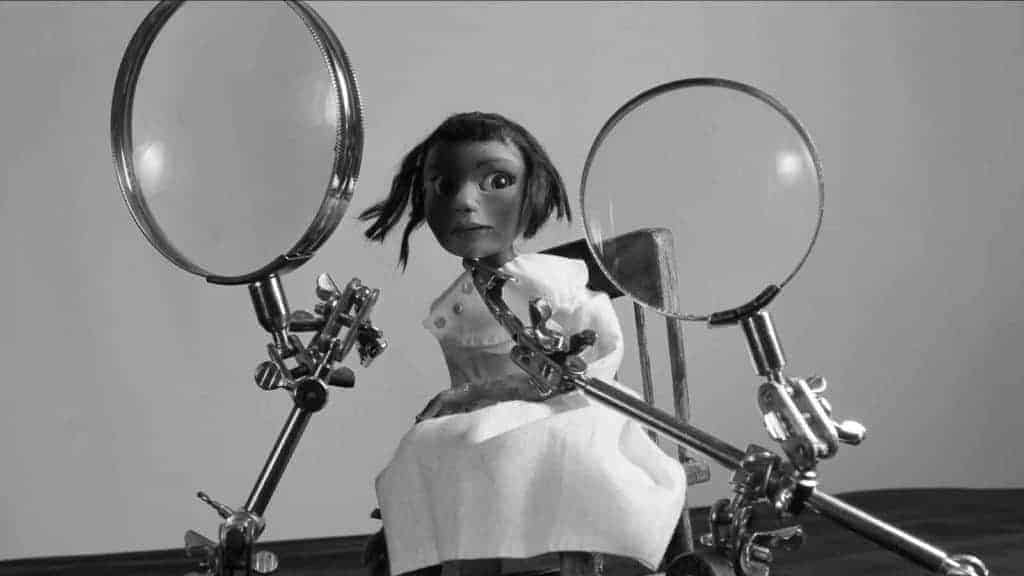
[clickToTweet tweet=”Horrific acts can happen if someone fails to relate to another as human.” quote=”Horrific acts can happen if someone fails to relate to another as human.”]
7R: Without showing a lot of violence at the residential school, it’s hinted at hauntingly. How did you think about how to communicate this and what to show and what not to show?
TC: Wounds heal, but the power of words and labels still resonates deep inside. In the original script, Joseph called them the “Black Clad Creatures”. I thought this was very interesting, and I pushed it further by making them into machines that label and lenses that scrutinize deeply. The clinical nature of the devices, I feel, was very menacing, as they were as detached and emotionless as many of the workers in those schools were. In war, soldiers call their victims ‘targets’ to dehumanise them. Horrific acts can happen if someone fails to relate to another as human.
Read more: Alethea Arnaquq-Baril talks Angry Inuk >>
7R: What do you hope audiences take away from the film?
TC: I’m always encouraged by the growing amount of Indigenous filmmakers that are at TIFF each year. I’m a huge fan of Caroline Monnet, Danis Goulet, and Alanis Obomsawin. I think our presence there demonstrates the inappropriateness of taking our stories and defining us through another’s lens.
[clickToTweet tweet=”Indigenous films at TIFF ‘demonstrate our ability to tell our own stories from our own perspectives.'” quote=”Our films there demonstrate our ability to tell our own stories from our own perspectives.”]
Our films there demonstrate our ability to tell our own stories from our own perspectives. It is an outdated and bigoted move to create an Indigenous film in this day and age without having an Indigenous person behind the scenes in a key creative role and not just in front of the camera.
[clickToTweet tweet=”Honouring our history and folding it into the fabric of ‘Canadian’ history is a good place to start.” quote=”Honouring our history and folding it into the fabric of ‘Canadian’ history is a good place to start.”]
7R: What’s next for you?
TC: I am working on another project with Joseph that will be launched in October at imagineNATIVE. This piece will honour the life of Chanie Wenjack and his journey home from residential school in 1966. It is my hope that we will all journey home as a nation. I think honouring our history and folding it into the fabric of “Canadian” history is a good place to start. The film will be called Keewaydah which loosely means “Let’s go home”.
[clickToTweet tweet=”So many Indigenous horrors have been swept under the carpet.” quote=”So many Indigenous horrors have been swept under the carpet.”]
7R: Is there anything else you’d like to add?
TC: Know that SNIP is a very dark story but one that needs to never be forgotten. It needs witnesses. So many Indigenous horrors have been swept under the carpet. So many lives have been lost without question. So many of our histories have been told through a biased lens. Listen to stories from many perspectives, from many Nations, and somewhere in between, you will find your truth.
Read more: Top 10 Canadian Shorts at TIFF16 >>
